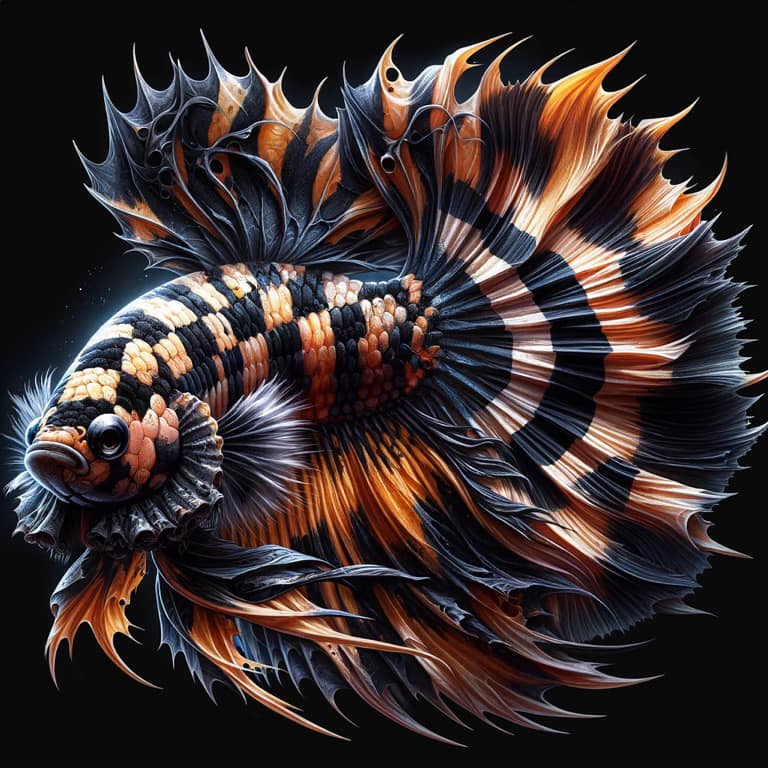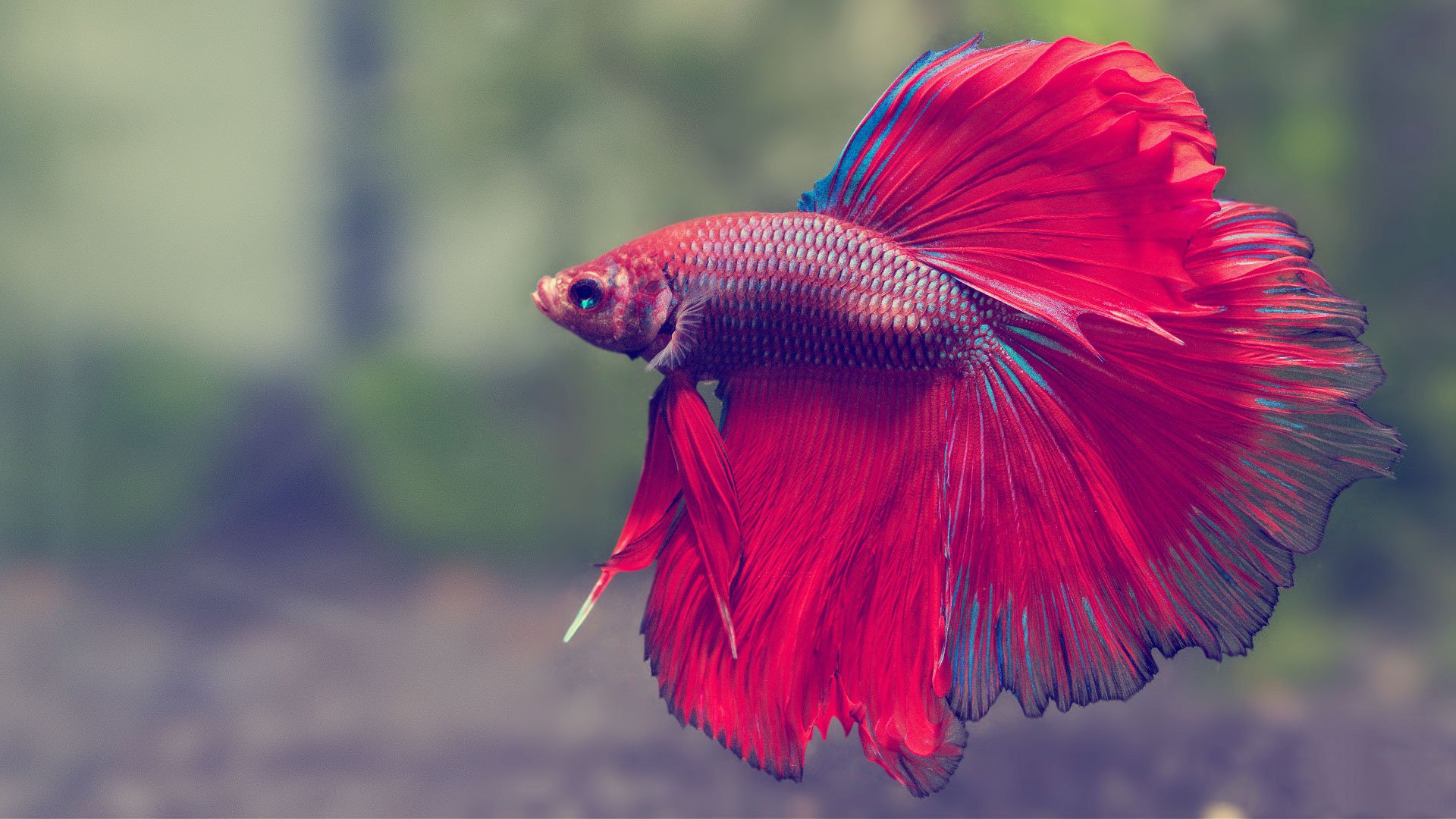How to Produce the Perfect Betta Fish Environment at Home
How to Produce the Perfect Betta Fish Environment at Home
Blog Article
All Concerning Betta Fish: Recognizing Their One-of-a-kind Requirements, Behavior, and the most effective Practices for Optimal Treatment
Comprehending the distinct demands and actions of Betta fish is crucial for any type of aquarist wanting to give ideal care. These captivating animals, belonging to the cozy waters of Southeast Asia, exhibit distinct territorial tendencies and require certain ecological problems to thrive. From choosing the right storage tank dimension to identifying possible health problems, numerous variables substantially influence their well-being. As we discover these aspects additionally, the ramifications for both novice and knowledgeable fish keepers come to be increasingly apparent, raising inquiries regarding just how finest to suit these impressive fish in our homes.
Betta Fish Summary
Although commonly appreciated for their lively shades and moving fins, Betta fish, scientifically called Betta splendens, are complicated creatures that call for details like flourish. Stemming from Southeast Asia, these freshwater fish are understood for their territorial nature and unique behaviors. Betta fish show sex-related dimorphism, with males displaying extra brilliant colors and longer fins than ladies.
Their hostile tendencies, especially amongst males, require cautious consideration when real estate them. Bettas are usually maintained in single-specimen tanks to stop territorial conflicts. Nonetheless, they can exist side-by-side in harmony with certain suitable varieties in larger community containers, provided the environment fulfills their demands.

To make sure optimal treatment, aquarists should understand their special behavior characteristics, dietary requirements, and environment demands. betta fish. With correct interest, Betta fish can exhibit their vibrant personalities and prosper in a properly maintained fish tank setup
Natural Environment and Environment
Betta fish flourish in a diverse variety of all-natural environments, mostly located in the superficial waters of Southeast Asia, consisting of rice paddies, swamps, and slow-moving streams. These environments are identified by warm temperature levels, usually between 75 ° F and 82 ° F(24 ° C and 28 ° C ), and a pH degree varying from 6.5 to 7.5, which is perfect for their wellness and health.
In their all-natural surroundings, Betta fish are accustomed to thick greenery, giving both shelter and reproducing premises. The existence of plants such as floating water lilies and thick lawns not only supplies defense from predators but also adds to the oxygenation of the water, which is necessary for their breathing demands. Furthermore, these environments often have locations of still water, enabling Betta fish to display their all-natural habits such as bubble nesting.
Understanding the all-natural environment of Betta fish is essential for fish tank enthusiasts. Duplicating these conditions-- through water temperature, pH equilibrium, and the incorporation of live plants-- can considerably boost the total health and wellness and longevity of these fascinating fish, guaranteeing they prosper in a home fish tank setting.
Social Behavior and Interactions
Comprehending the social actions and interactions of Betta fish is necessary for successful fish tank administration. Betta fish, or Siamese battling fish, are recognized for their special behavior qualities, defined largely by territoriality and aggression. Men, particularly, show highly hostile habits in the direction of one an additional, click to find out more bring about the notorious credibility of Betta fish as competitors. In a constrained room, two males can participate in violent fights, frequently causing injury or death.
Alternatively, women Bettas display less aggressive actions and can exist together in groups, called sororities, if introduced correctly. Nevertheless, it is important to monitor their interactions carefully, as hierarchy and prominence can result in conflicts. Comprehending the dynamics within a Betta neighborhood is important; establishing hiding areas and ensuring adequate area can reduce aggression.
Additionally, Betta fish might also present interest and social actions in the direction of other species. While they can exist together with particular non-aggressive storage tank mates, it is vital to select compatible species to avoid stress and aggression. Overall, identifying these social communications is crucial to cultivating an unified aquarium environment for Betta fish.
Crucial Care Standards
Offering proper take care of Betta fish is vital to their health and wellness and wellness. To guarantee a flourishing atmosphere, it is important to preserve optimal water problems. The water temperature level should be maintained between 76 ° F and 82 ° F(24 ° C to 28 ° C), while pH levels must range from 6.5 to 7.5. Regular water adjustments-- roughly 25% regular-- assistance preserve water high quality.
Betta fish require an appropriate storage tank dimension; a minimum of 5 gallons is suggested go to this website to offer ample room for swimming and hiding. Include designs and plants to produce a revitalizing atmosphere, yet stay clear of sharp items that could damage their fragile fins.

Finally, make certain the storage tank is geared up with a filter to keep the water clean, however make use of a gentle filter to stay clear of solid currents that can worry the fish. By following these vital care standards, owners can advertise a healthy and dynamic Betta fish.
Common Wellness Issues and Solutions
In the treatment of Betta fish, recognition of usual wellness issues is vital for maintaining their well-being. One common issue is fin rot, frequently created by inadequate water high quality or microbial infection. Symptoms consist of torn or blemished fins. To deal with fin rot, improve water problems and think about utilizing a broad-spectrum antibiotic.
One more usual disorder is ich, a parasitic infection defined by white spots on the fish's body (betta fish). Treatment entails increasing water temperature and including fish tank salt to the storage tank, as this can aid remove the parasite
Swim bladder condition is also frequently observed, leading to buoyancy issues. This problem may arise from overfeeding or bowel irregularity. A fasting duration of 24-48 hours, adhered to by a diet plan of blanched try this out peas, can give alleviation.
Last but not least, bettas might experience velvet disease, indicated by a gold dust-like look on their skin. Treatment generally requires drug particularly made for external bloodsuckers, together with enhanced container hygiene.
Regular monitoring of water criteria, maintaining a tidy environment, and providing a balanced diet are important preventative steps. By dealing with these health problems without delay, Betta fish can lead much healthier, much more vivid lives.
Conclusion
In summary, successful betta fish treatment needs an understanding of their distinct demands and habits. Offering a suitable setting, including appropriate tank size and water problems, is crucial for their wellness. In addition, identifying their territorial nature and ensuring adequate hiding places can protect against hostility. Regular tracking of health and water high quality, along with a well balanced diet plan, adds to the long life and vibrancy of betta fish. Sticking to these guidelines will foster a successful marine environment for these fascinating creatures.
Report this page